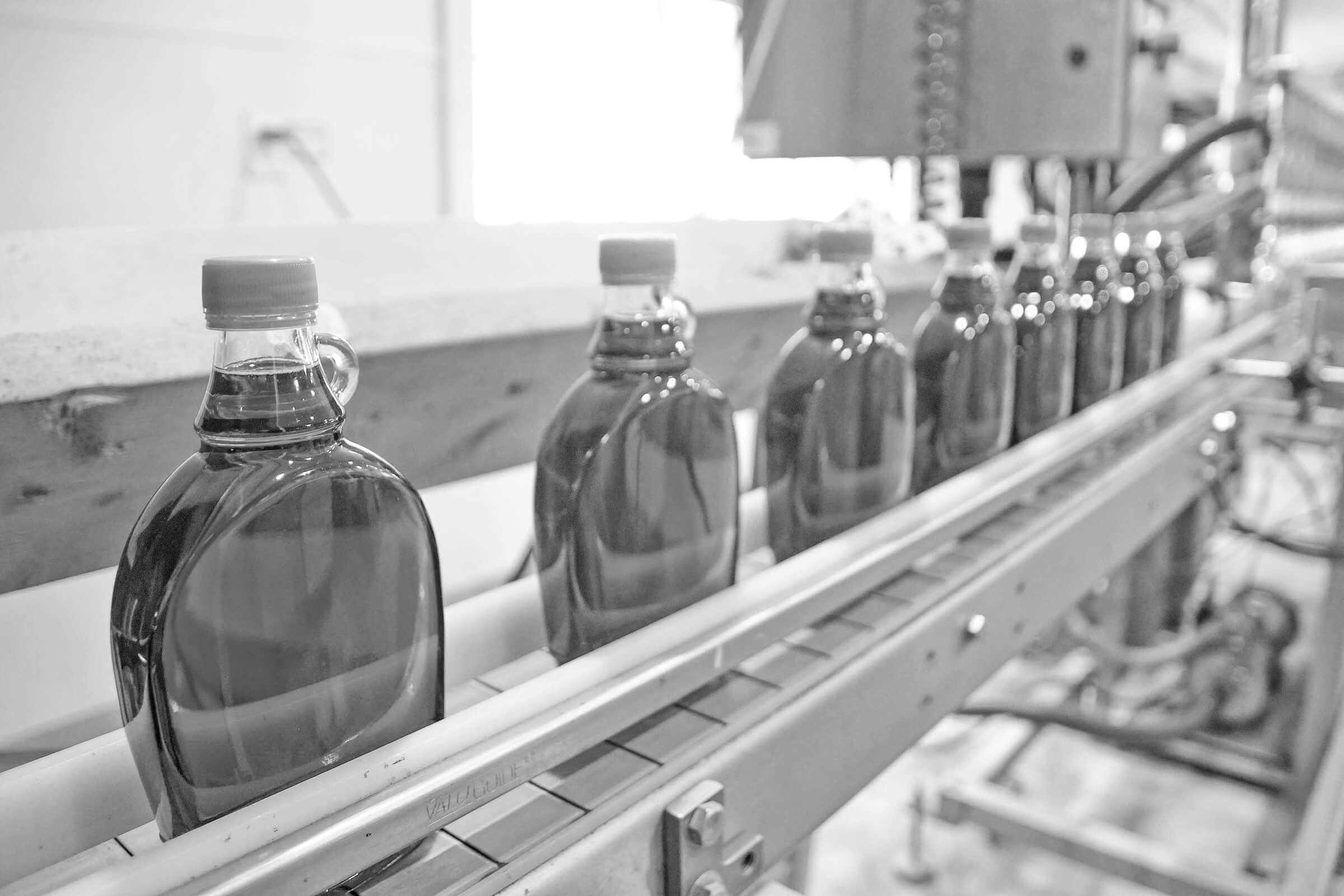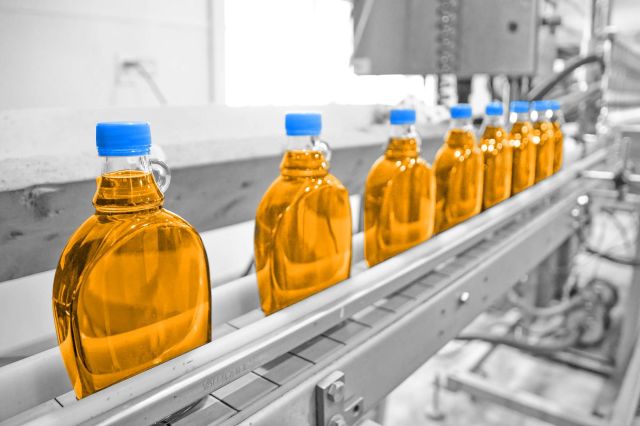
Canada’s Global Strategic Maple Syrup Reserve
A rainy-day cache of sweet, sticky maple syrup may seem more like a luxury than a necessity, but it’s a big deal to Canada, which produces more than 70% of the world’s supply from maple trees grown in the province of Quebec. As such, the Federation of Quebec Maple Syrup Producers (QMSP) founded the Global Strategic Maple Syrup Reserve in 2000 to help regulate the profitable business. Covering an area of 267,000 square feet across three facilities, the reserve has endured poor sugaring seasons and the dastardly theft of some $20 million worth of barrels in 2012. And even when the COVID-19 pandemic forced many families to fulfill their pancake cravings at home, the QMSP promised to keep pace by announcing that it would release more than half of its 100-million-pound reserve in 2022.

China’s National Pork Stockpile
In 2020, China gobbled up more than double the amount of pork consumed by the entire population of the European Union. The country’s love of animal protein originally prompted the formation of a meat reserve in 1979, but it wasn’t until 2007, when disease ravaged the country’s pig farms, that China refocused its efforts on the pork stockpile. While officials have been secretive about some of the details, it’s believed that up to 200,000 tons of the meat have been stocked away in government and private warehouses, with no individual piece to remain in storage for more than four months. And while that may seem like a lot to get through in one sitting, the 2018 outbreak of the African swine flu, which again wiped out pig communities and sent pork prices surging, served as a reminder of how quickly reserves can dwindle in a country of carnivores.

U.S. Cheese Stockpile
Some stockpiles have less to do with strategy than with a lack of means to handle a surplus. Such was the case in the early 1980s, after the enactment of a $2 billion dairy subsidy left American farmers drowning in excess milk. The federal government bought the leftovers and turned much of it into cheese for storage purposes, leaving the chunks that were not distributed via “government cheese” handouts to languish in warehouses and caves. While ownership of the stockpile eventually passed into private hands, the government couldn’t quite shake its old habits. In 2016, the USDA announced plans to purchase 11 million pounds of cheese to lessen the strain on private facilities. As of April 2021, there remained 1.4 billion pounds of the stuff in storage, with nary a mouse in sight to tackle the problem head-on.
More Interesting Reads

U.S. Federal Helium Reserve
There are a lot more uses for helium than you might think. Besides filling party balloons, the low-density gas is crucial to the production of fiber-optic cables, computer chips, and MRI magnets, and is also utilized for specialized welding and the deployment of car airbags. The U.S. government recognized its potential even before the development of these technologies, fueling the creation of the Federal Helium Reserve (FHR) in 1925. Located in a facility outside Amarillo, Texas, the FHR eventually reached a peak capacity of 1 billion cubic meters in 1995, accounting for 40% of the world’s supply. However, the Helium Stewardship Act of 2013 set in motion the reserve’s transfer from federal to private ownership, a development that loomed large when a supply crunch led to skyrocketing prices the following decade.

U.S. National Raisin Reserve
There are a lot more uses for raisins than you … just kidding, there aren’t that many uses for raisins. Yet the federal government deemed them worthy of attention in 1949, when Marketing Order 989 was enacted to deal with the surplus that had accumulated in the years after World War II. The order gave the authority to the Raisin Administrative Committee (RAC) to manage the stockpile and claim a percentage of raisin crops every year, without compensating growers; in theory, this was used to keep market supplies low and boost prices. However, during the 2002 to 2003 growing season, a farmer named Marvin Horne decided to keep his entire crop because (he argued) the law was outdated and absurd. In 2015, the Supreme Court agreed, bringing an end to the era of freebies for the RAC.

Europe’s Butter Reserve
The European answer to government cheese also got its start with a federal subsidy program, the Common Agricultural Policy (CAP) of 1962. Designed to provide a fair standard of living for farmers, the CAP swelled into a monster that engulfed two-thirds of the European Economic Community (EEC) budget, its excesses defined by the existence of an alleged “butter mountain” in secret storage. While there was never anything resembling a mountain, the EEC did purchase a whopping 1.23 million tons of butter in 1986 before scaling back its acquisitions. The mountain was said to be completely gone by 2007, before a new hill rose in its place with the European Union’s purchase of 30,000 tons in 2009. And with a widespread butter shortage prompting a serious depletion of the reserve in 2017, there looked to be no end to the cycle of government intervention and geology-tinged butter jokes.












